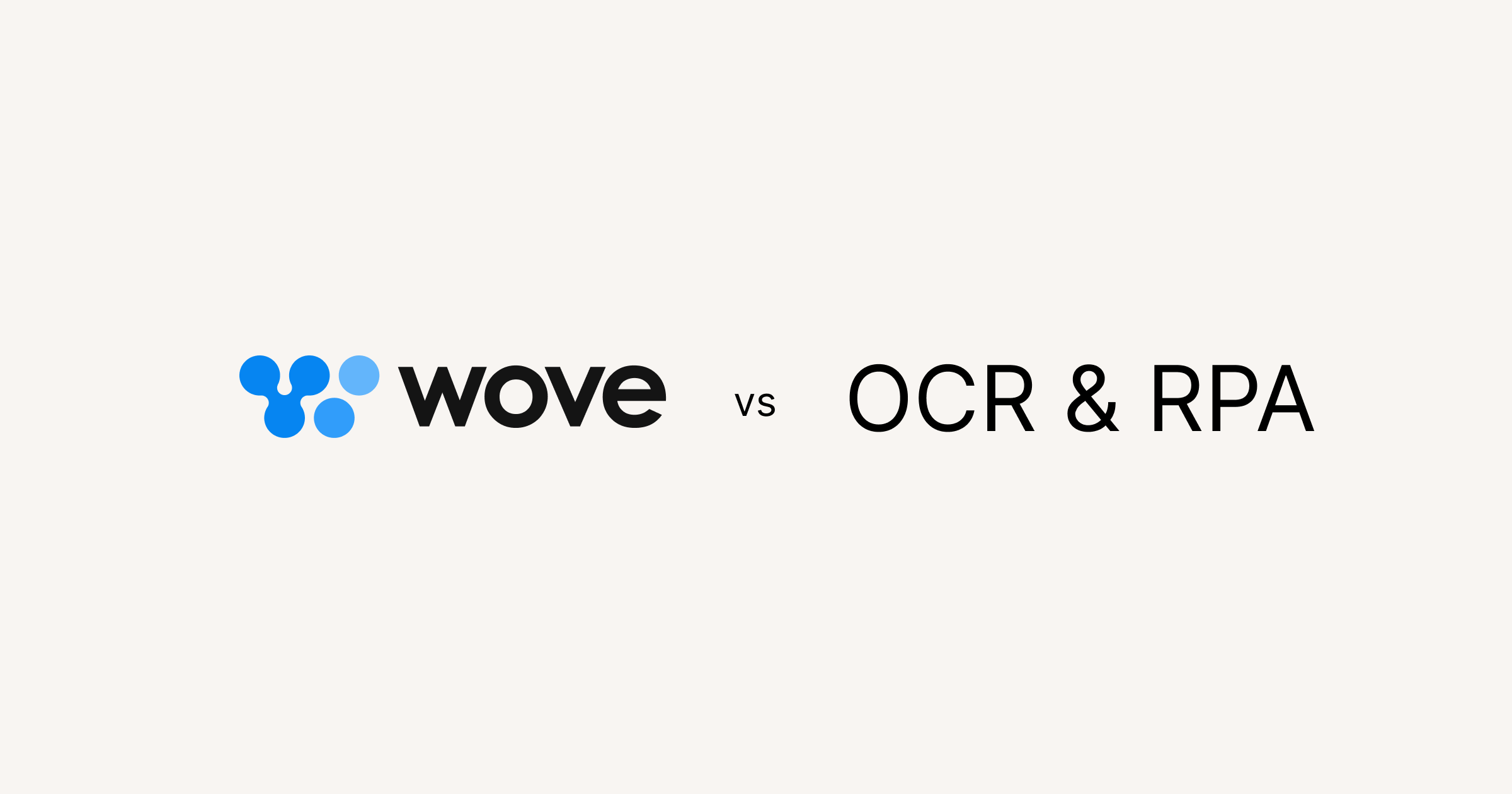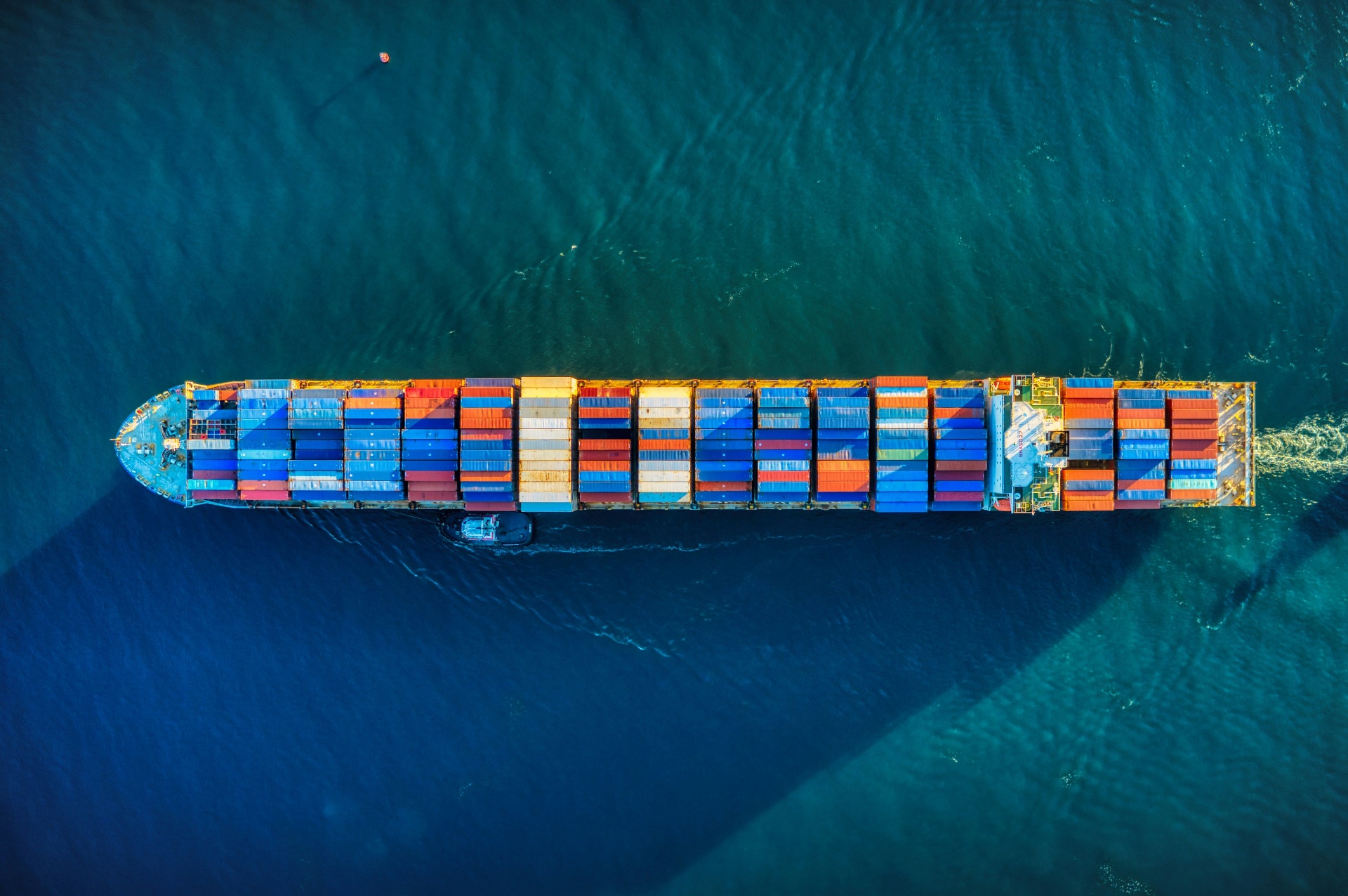
Wove vs. OCR + RPA Tools: What’s the Best Choice for Logistics Document Automation?
Logistics professionals are buried under a mountain of unstructured documents. These documents include rate sheets and tariffs, bills of lading, customs forms, invoices, packing lists, and RFQs just to name a few. Historically, companies have turned to OCR (Optical Character Recognition) and RPA (Robotic Process Automation) platforms like UiPath to tame the chaos.
But those tools weren’t built for freight, and the "automation" many promised often ended up creating more headaches than they solved.
However, Wove is different. Wove is built entirely on Large Language Models (LLMs) and designed to specifically automate complex logistics workflows. Here's why that matters.
1.🧾 Document Complexity: Wove Doesn’t Break on Freight-Specific Formats
| Feature | Wove | OCR & RPA |
|---|---|---|
| Handles scanned, skewed PDFs and emails? | ✅ Yes, trained on noisy logistics inputs | ❌ Often fails unless heavily pre-processed |
| Works on complex tables, rate matrices, and tariffs? | ✅ Yes, near-100% accuracy on nested rate sheets | ⚠️ Requires manual tuning or fails silently |
| Handles shipping packet “bundles” like pre-alerts? | ✅ Yes, extracts multiple docs from zip or email threads | ❌ Needs custom scripting or third-party tools |
Wove’s AI has been trained specifically on logistics documents — not just invoices, but multi-document pre-alert packets with inconsistent formats and ambiguous labels.
2. 🔁 Workflow Automation: Purpose-Built for Freight Forwarding
OCR and RPA tools like UiPath are general-purpose. That means:
Wove, on the other hand:
– Enables users to create custom fields and map them into a TMS in just seconds
No configuration needed. Just drop your files and go.
3. ⚙️ Maintenance & Scalability: Wove Learns While You Work
| Feature | Wove | OCR & RPA |
|---|---|---|
| Learns from corrections to improve future accuracy? | ✅ Built-in feedback loop + auto-training | ❌ Manual retraining and rule editing required |
| Requires technical resources to maintain? | ❌ No — business users can operate | ✅ Yes — DevOps and RPA specialists needed |
| Time to first value | ⚡ Hours | 🐢 Weeks to months (plus consultant fees) |
With Wove, freight forwarders, customs brokers, BCOs, and LSPs can train the system passively — no prompt engineering or ML ops required. Our system gets smarter every time you use it.
4. 📈 Accuracy & Cost
Most OCR/RPA pipelines are brittle and require human cleanup. That means:
Wove typically processes 95–100% of documents without manual intervention. And for the edge cases, feedback gets rolled into the model for better next time.
Final Thoughts
OCR and RPA tools were built for generic back-office automation. Freight forwarding, customs brokerage, and shipping operations need deep domain intelligence — not brittle templates and costly scripting.
If you're spending time cleaning up OCR errors or writing Python just to extract an HS code…
👉 It’s time to try Wove.
Ready to automate logistics document extraction?
Join the world's most innovative logistics companies in automating document extraction with Wove

